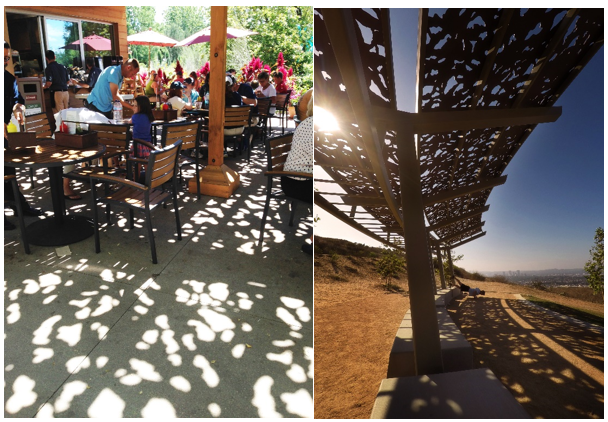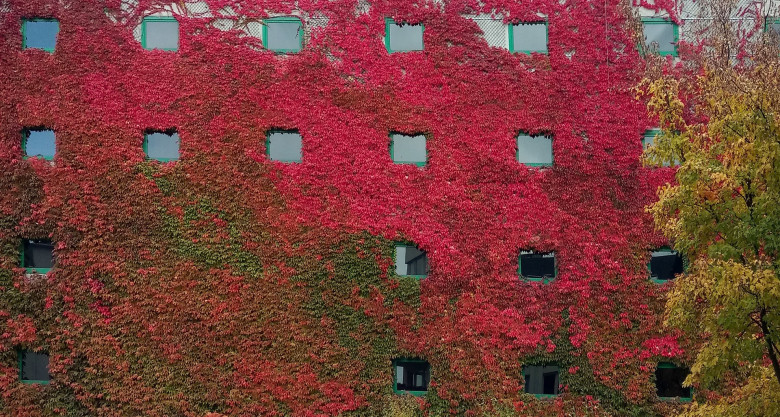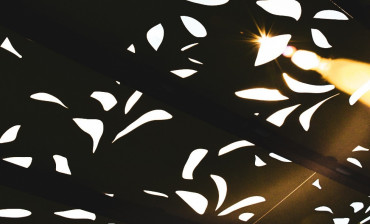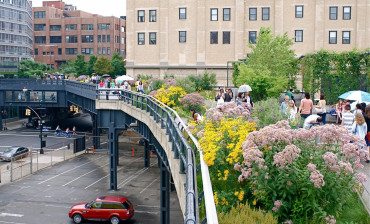Since 2020, the world has changed significantly. As we creep out of an isolating global pandemic and back into the workplace, how do we create a productive and healthy environment for our employees?
From a global pandemic that once forced us to stay indoors and limit social interaction, to raging wildfires across California and Colorado polluting our air, our daily life was abruptly interrupted two years ago. Most of us can agree that this had a major impact on our stress levels and mental health. If we are unable to go outside to breathe in fresh air or feed our inner social butterfly with a gathering of friends and family, how can we keep our health in check? The design of our built environment may have some of the answers we are looking for.
Using biophilia in design and architecture means thinking about incorporating ways to increase a person’s connectivity to the natural environment. Over many decades, this concept has been shown to reduce stress, improve our well-being, and stimulate creativity. There is continuing research being done to identify the varying aspects of nature that impact us, and to better understand what that impact is.
According to Terrapin Bright Green’s 14 Patterns of Biophilic Design, the relationship between nature, human biology, and design of the built environment are all factors of how people benefit from design applications when biophilic design is used. From visual connections, to awareness of seasonal and temporal changes, these factors create a biophilic design pattern that establishes a strong and meaningful connection with natural elements.
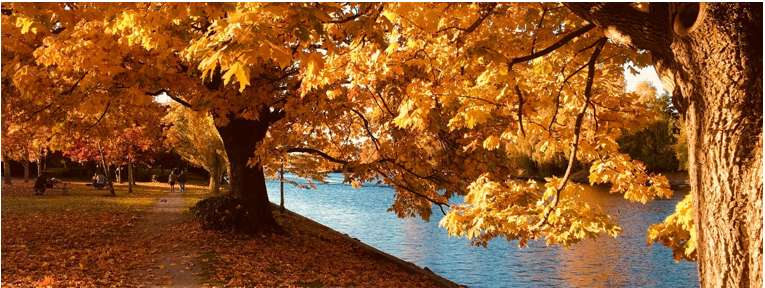
One factor that Terrapin discusses is biomorphic forms and patterns or “symbolic references to contoured, patterned, textured or numerical arrangements that persist in nature.” This is where Parasoleil can be particularly useful in your next project. These forms and patterns are thought to reduce stress and enhance concentration due to a person’s visual preference for organic and biomorphic forms.
In architecture, the use of of trees and various flora in a courtyard design provide access to nature. HMC Architects goes into detail in their article Create Access to Nature Through Biophilic Architecture and Design Principles, on how architects use biophilic design to offer views of these natural environments through the use of natural building materials and finishes, operable windows, and HVAC systems. Incorporating these design elements into a structure or building can result in a productive and healthy working environment for its occupants.

With every outdoor project that Parasoleil designs and manufactures, creating an inviting space to spend time outside while staying protected and sheltered is a huge goal. The magic of our pattern designs mimics elements of nature and allows for a calculated amount of shadow to dance across surfaces as the sun's position moves throughout the day. Our passion for nature’s forms and patterns is not just for aesthetic appeal, it is also because we genuinely believe they have an impact on our physical and mental health. Trust us on this one, spending time outside does the body good.
To learn how you can incorporate biophilic design into your next project, contact us to get started.
